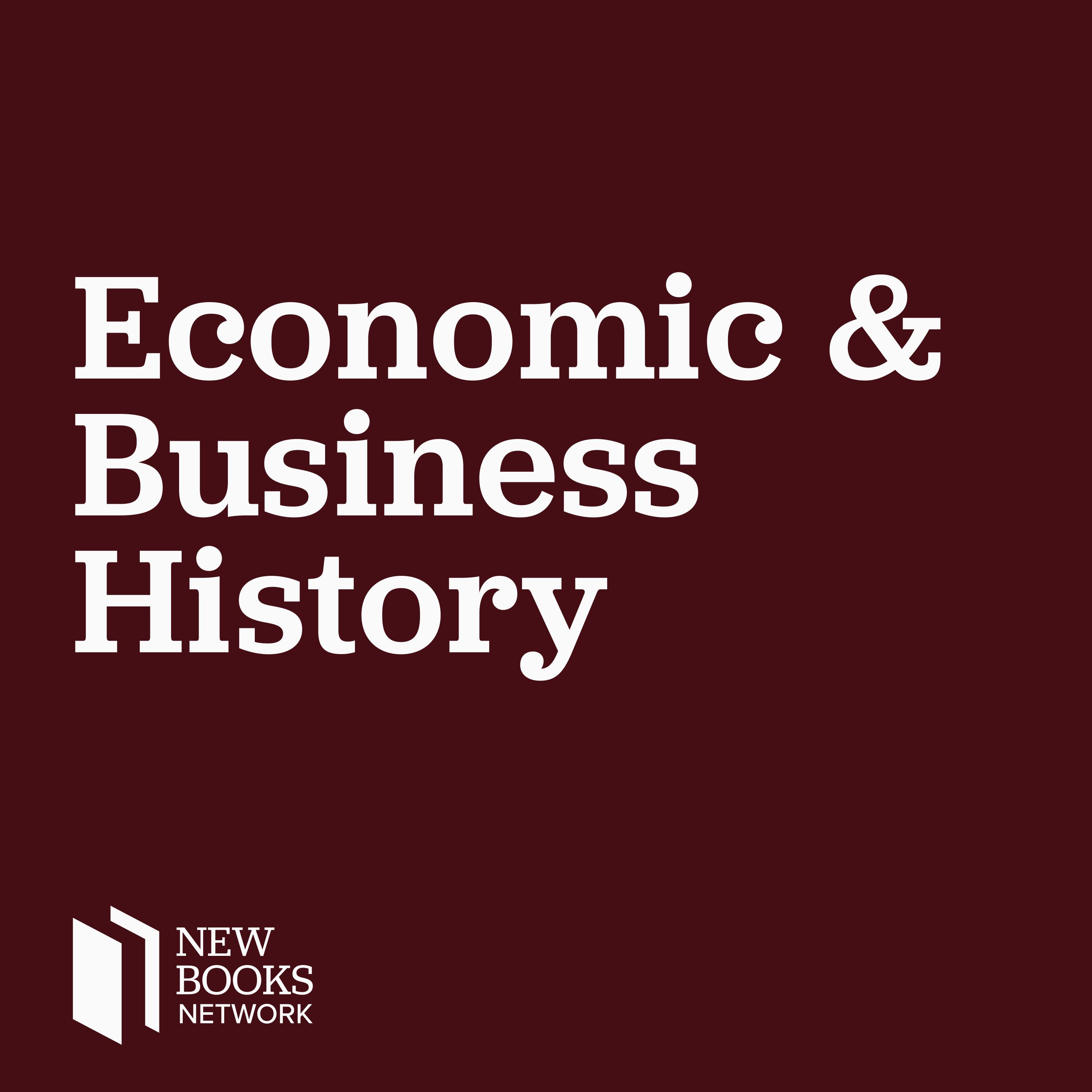
Kris Lane, "Potosí: The Silver City That Changed the World" (U California Press, 2019)

New Books in Economic and Business History
Shownotes Transcript
In 1545, a native Andean prospector hit pay dirt on a desolate red mountain in highland Bolivia. There followed the world's greatest silver bonanza, making the Cerro Rico or "Rich Hill" and the Imperial Villa of Potosí instant legends, famous from Istanbul to Beijing. The Cerro Rico alone provided over half of the world's silver for a century, and even in decline, it remained the single richest source on earth. Potosí: The Silver City That Changed the World)(University of California Press, 2019), is the first interpretive history of the fabled mining city’s rise and fall. It tells the story of global economic transformation and the environmental and social impact of rampant colonial exploitation from Potosí’s startling emergence in the 16th century to its collapse in the 19th. Kris Lane), France V. Scholes Chair in Colonial Latin American History at Tulane University, provides an invigorating narrative and rare details of this thriving city as well as its promise of prosperity. A new world of native workers, market women, African slaves, and other ordinary residents who lived alongside the elite merchants, refinery owners, wealthy widows, and crown officials, emerge in lively, riveting stories from the original sources. An engrossing depiction of excess and devastation, Potosí reveals the relentless human tradition in boom times and bust.
Ryan Tripp is adjunct history faculty for the College of Online and Continuing Education at Southern New Hampshire University.
Learn more about your ad choices. Visit megaphone.fm/adchoices)